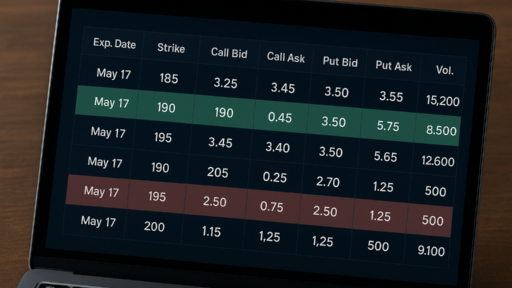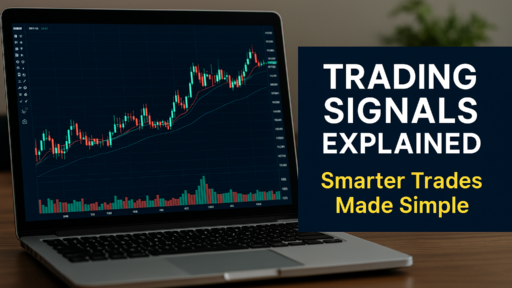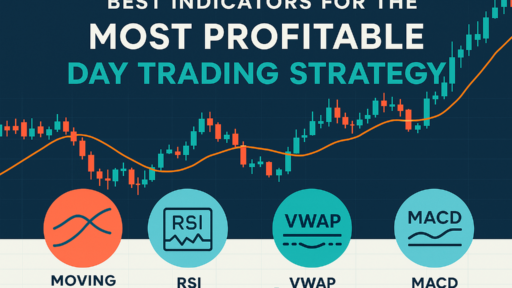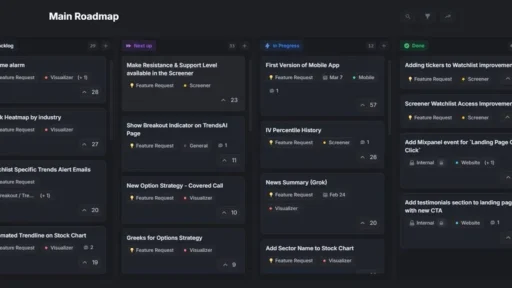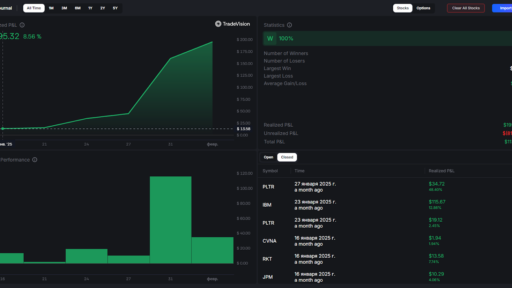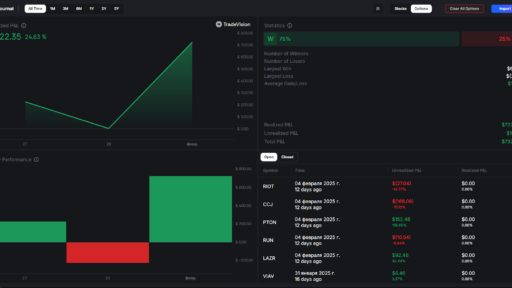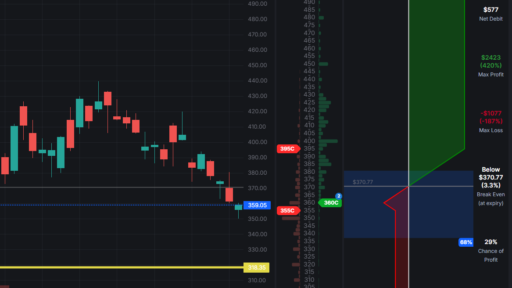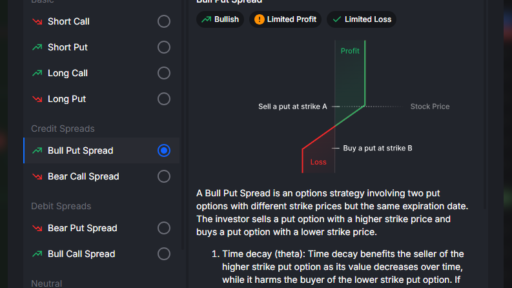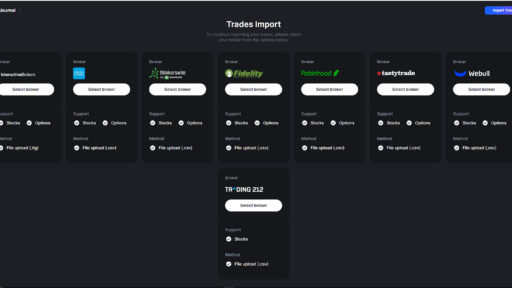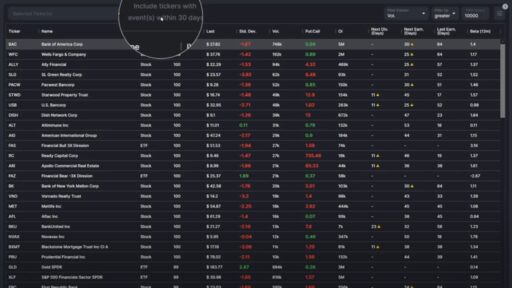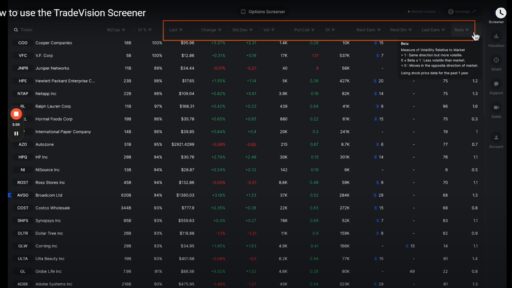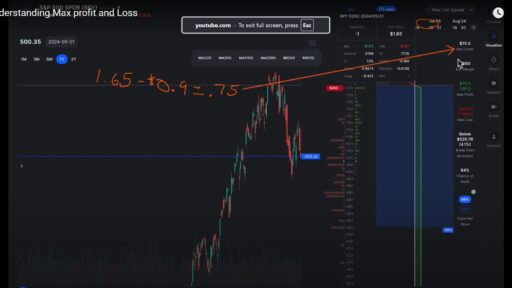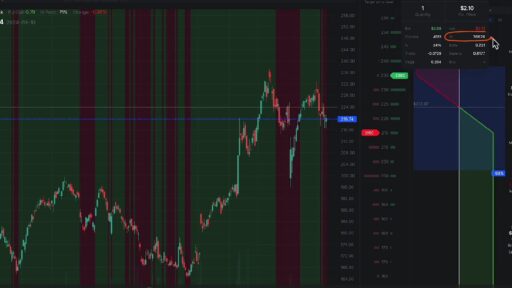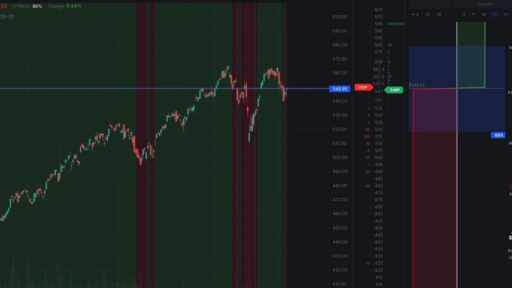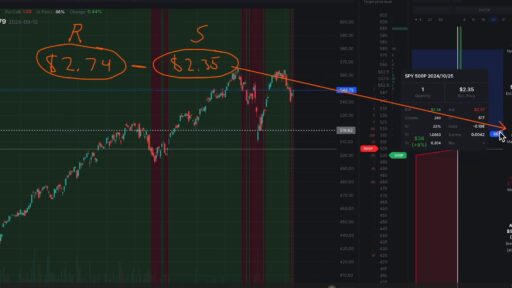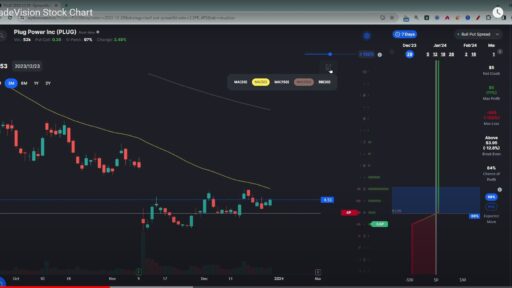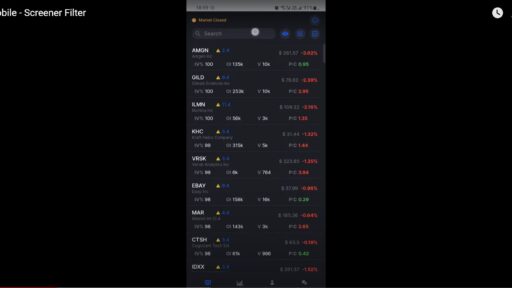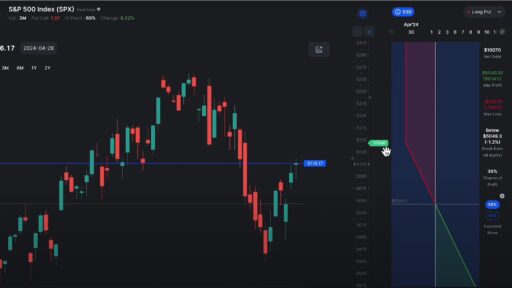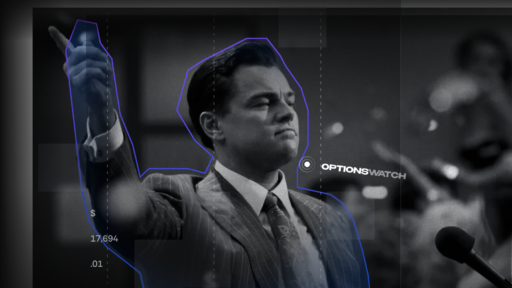At Tradevision, our mission is to simplify trading strategies and enhance our members’ experience. One of the most essential mechanics we emphasize is the practice of rolling options. Understanding how to roll your positions can be a game changer, allowing you to increase your chances of success, maximize break-even points, and minimize risk.
Let’s dive into the various types of rolling options and how they can fit into your trading strategy.
What Does “Rolling” Mean?
Rolling refers to the process of adjusting your options positions by changing either the expiration date or the strike price—or both. Mastering the language of rolling is crucial for any trader looking to adapt their strategies in a dynamic market.
1. Rolling Out
The most common type of rolling is known as “rolling out.” This involves moving your position from the current expiration cycle to a later one. Essentially, rolling out means giving your trade more time to work in your favor. This can be beneficial if you believe the underlying asset will move in your favor over a longer timeframe.
For example, if you have an option expiring next week and want to extend your time horizon, you would roll out to an option that expires in a month or longer. This strategy is often referred to as “rolling forward.”
2. Rolling Up and Down
Next, let’s explore rolling “up” and rolling “down.” These terms refer to moving your strike price higher or lower within the options chain.
- Rolling Up: This means moving to a higher strike price. For instance, if you have a call option at a $100 strike and decide to roll it up to a $105 strike, you’re positioning yourself for potentially higher profits if the stock moves upward.
- Rolling Down: Conversely, rolling down involves moving to a lower strike price. If your put option is at a $100 strike and you roll it down to a $95 strike, you’re adjusting your risk profile to accommodate market movements or protect against losses.
Regardless of whether you’re dealing with calls or puts, rolling up and down allows you to tailor your strategy based on market conditions.
3. Rolling In
Lastly, we have rolling “in,” which can be a bit confusing. While it may seem similar to rolling out, it serves a different purpose. Rolling in means reducing the time in a trade by moving from a further-out expiration cycle to a nearer-term one. However, in our context, it often refers to adjusting the strike price closer to the current market price.
For example, if a stock is trading at $50 and you have a call option with a $60 strike price, rolling in would involve adjusting that strike down to $55. This strategy can help you stay aligned with market movements, increasing your chances of profit if the underlying asset approaches your new strike price.
Conclusion
Understanding how to effectively roll options—out, up, down, and in—can significantly impact your trading outcomes. Each rolling strategy provides unique opportunities to adjust your risk and capitalize on market movements. As you continue your trading journey, incorporating these techniques can enhance your ability to navigate the complexities of options trading.














